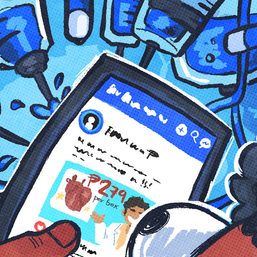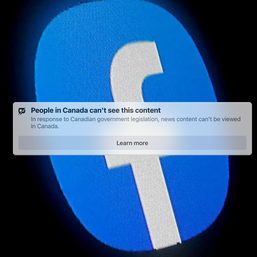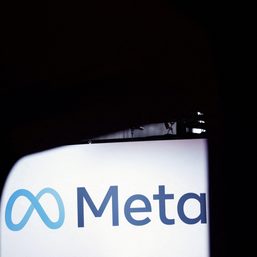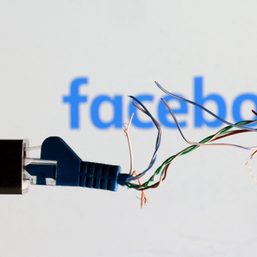SUMMARY
This is AI generated summarization, which may have errors. For context, always refer to the full article.
MANILA, Philippines – While some still doubt the effectiveness of the government’s conditional cash transfer program, it appears to have helped improve school attendance, according to a preliminary study by a state think tank.
The study, conducted by economist and public finance expert Rosario Manasan of the Philippine Institute for Development Studies (PIDS), compared enrollment data from two time periods: 2004-2007, when the program was not yet implemented, and 2008-2010, when the program was implemented.
In areas covered, the study found out that the number of the students in public elementary schools grew from 0.6% in 2004-2007 to 3.5% in 2008-2010.
In public secondary schools in the same areas, registered growth was from -0.5% in 2004-2007 to 3.2% in 2008-2010.
The 4Ps’ implementation/expansion is divided into 4 phases. Manasan’s study only covered data gathered from the set of areas where the 1st expansion phase was implemented in March-December 2008.
This covers 340,000 poor families in 160 municipalities and cities in the 20 poorest provinces based on the 2006 Family Income and Expenditure Survey (FIES), including the poorest provinces in 5 regions and 3 provinces from the Autonomous Region in Muslim Mindanao (ARMM).
Manasan noted, however, that public secondary school enrollment in Set 1 areas outside the NCR and ARMM seems to be more muted relative to the program’s effect on public elementary school enrollment. This is evident in the gross enrollment rates in the 2 levels in the same areas.
In particular, the gross enrollment rate (defined as the ratio of the number of students of a particular age group enrolled in their corresponding level of education to the number of people in the population in that age group) in public elementary schools in the above areas rose from 104.5 in 2007 to 108.8 in 2010.
On the other hand, the gross enrollment rate in public high schools in the same areas barely increased, from 63.2 in 2007 to only 64.5 in 2010.
Meanwhile, in the Set 1 areas within the ARMM, the program’s effect on enrollment at the elementary level appears to be somewhat delayed, with a dramatic increase of 19% felt only 2 years after the introduction of the 4Ps in the ARMM in 2008.
In public high schools in these areas within ARMM, enrollment also grew faster in 2010 albeit the increases in enrollment in both 2008 and 2009 came after the 4Ps was introduced.
But just like the effect in the Set 1 areas outside of the NCR and of the ARMM, the 4Ps’ impact on the gross enrollment rate at the elementary level in the Set 1 areas within ARMM was more distinct and felt than in the secondary level.
Manasan nonetheless qualified that the approach used in her study may not have the rigor of more sophisticated impact evaluation techniques. Still, it provided important insights about the program and an indicative measure of the effect of the 4Ps on school attendance.
It likewise represents an attempt to provide a more solid basis to guide ongoing discussion on the 4Ps.
GMA started it, PNoy expanded
Initiated by the Arroyo administration, the 4s attracted much controversy when the Aquino administration decided to expand its budget significantly.
For 2012, the program was allotted a whopping budget of P18.3 billion to target 3 million beneficiaries by the end of the year.
4Ps is a social policy program primarily aimed at alleviating cyclical indigence and largely seen as a key redistributive program. – Rappler.com
Add a comment
How does this make you feel?










There are no comments yet. Add your comment to start the conversation.